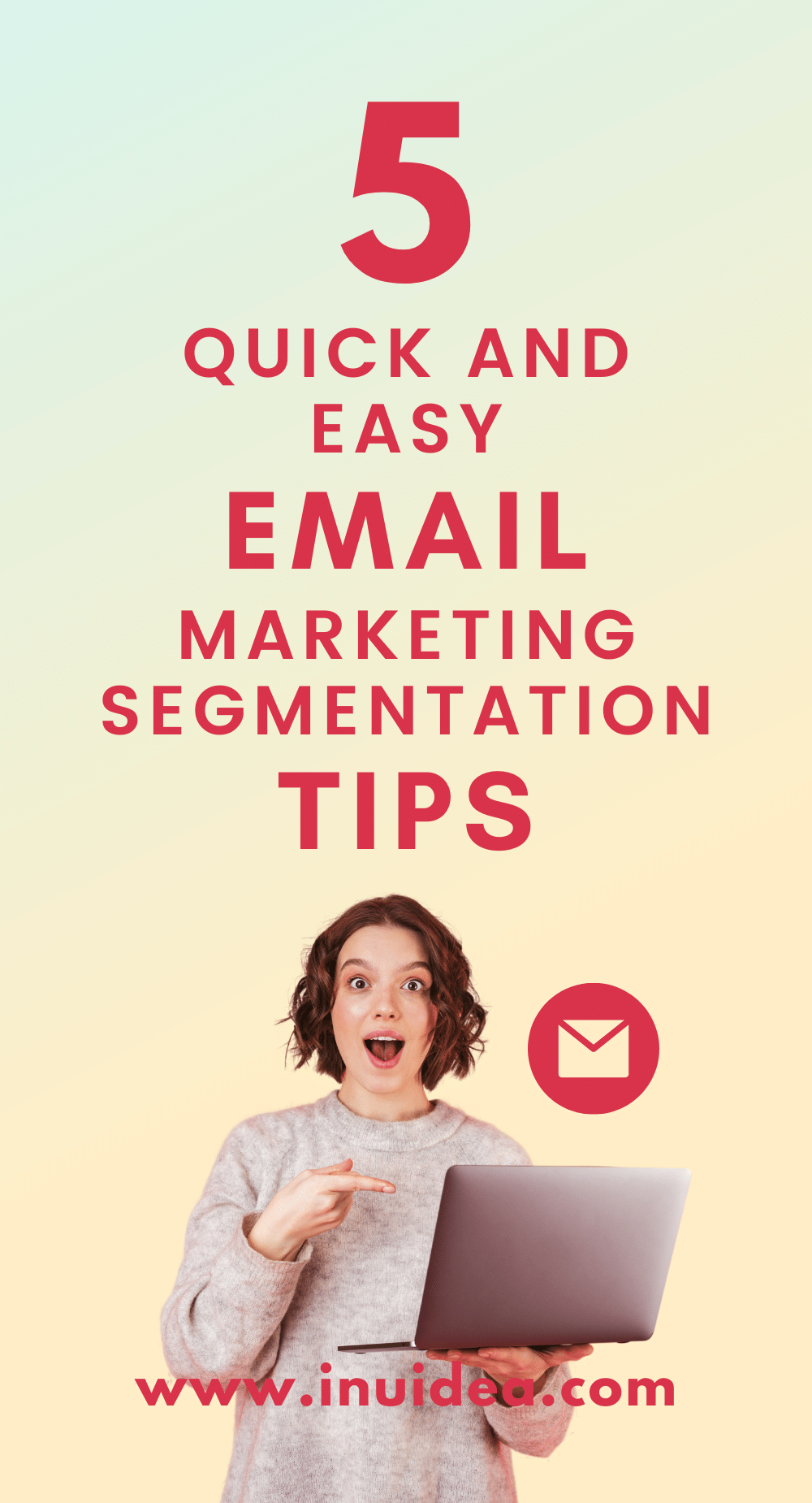It is no secret that email segmentation plays a critical role in improving the outcome of any email marketing campaign.
In fact, the ability to segment and target specific audiences with content tailored to their needs is one of the most powerful tools available to marketers today.
Let’s back that up with some hard data:
Recent stats show that segmented email campaigns deliver a 30% increase in opens and up to 50% increase in click-throughs compared to untargeted email campaigns.
Moreover, marketers who use email segmentation have been known to report a whopping 760% growth in revenue!
We could throw more stats your way to make a case for segmented emails, but you get the point.
So, how do you actually go about it? What are the best list segmentation techniques?
Well, we’ve got you covered.
By the end of this guide, you should have a better understanding of how to approach list segmentation and how to improve your results.
Let’s dive right in.
What is Email Segmentation?
Email segmentation is the process of dividing an email list into different groups based on certain criteria.
It allows marketers to send personalized messages to their subscribers based on their interests and preferences.
The idea is to deliver content that is relevant to each individual subscriber, thus increasing the chances of them engaging with your brand.
Top 5 Email List Segmentation Practices
There are many different ways to segment your email lists, but here are five common practices you can use to get started:
Demographics
Demographic segmentation is the practice of dividing your email list into different categories based on demographic data such as age, gender, geolocation, income, etc.
Depending on your target audience – and the type of company you’re running – demographics can be very helpful in determining which products or services you should offer to your subscribers.
For example, if you’re selling home decor items, then you might want to focus on women between the ages of 35 and 45.
If you are a local online retailer, you might want to focus on subscribers living within a certain radius of your business.
On the whole, you’ll find that the more granular you get with your demographic segmentation, the more effective your emails will be.
The best way to acquire such information is via website forms or opt-in pages.
Purchase History
Purchase history segmentation is a great way to identify potential cross-selling and up-selling opportunities.
By analyzing data from your email marketing software (like Mailvio or Aweber) or from Google Analytics, you can identify people who have previously purchased a certain product or service and then send them targeted emails to encourage them to buy more.
For example, if a subscriber recently purchased a handbag from your online store, you could offer them a discount on a matching pair of shoes or a new watch.
This is a great way to turn subscribers into loyal customers and generate repeat sales.
Email Engagement
Keeping track of your open and clickthrough rates through your email marketing service is another sure-fire way to improve the success of your future campaigns.
These metrics will allow you to pinpoint your active as well as inactive subscribers.
You can then create separate email campaigns for these two groups aimed at further engaging the former (informing them about an upcoming sale) and re-engaging the latter (offering a discount or other incentive).
Website Engagement
Subscriber behaviors on your website can be a very strong indicator of your visitors’ purchase intent.
For instance, if a visitor clicked on a product page multiple times over a couple of weeks, it is highly likely that they are interested in purchasing that item.
By analyzing your website traffic data, you can identify people who are more likely to convert into paying customers and then send them targeted emails.
Cart Abandonment
Segmenting by cart abandonment is another great way to increase your conversion rate.
By sending targeted emails to those who have left items in their shopping carts but have not yet made a purchase, you can encourage them to complete their purchases.
You can create an automated email sequence that reminds them of their unfinished shopping tasks, such as “Did you forget to add a gift card to your cart?”
Conclusion
Email segmentation in email marketing is a powerful tool that can help you better understand your audience and improve your overall conversion rate.
Regardless of the size of your business, there’s a segmentation strategy that will work for you.
You can start out by using a free email platform like Microsoft Outlook or Gmail and then gradually move to a powerful paid solution like Mailvio once you’ve learned the ropes.
Have you used segmentation to improve your email marketing efforts?
Let us know in the comments below!


Leave A Comment